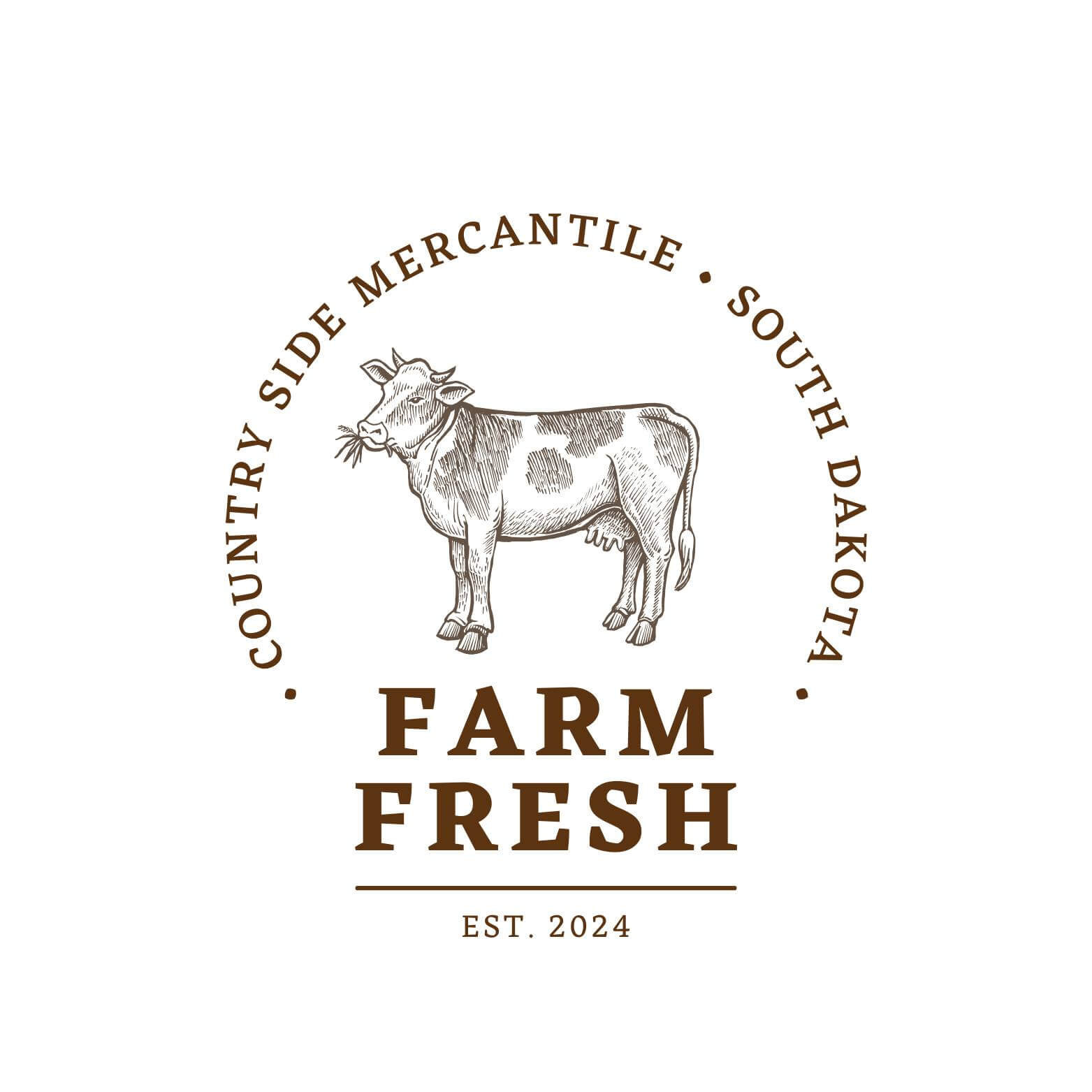Store Bought versus Farm-Direct
posted on
July 15, 2025

Store Bought Versus Farm-Direct
Farm-Direct vs. Store-Bought Beef: What’s the Real Difference?
When it comes to buying beef, many people are starting to ask an important question: Is there a difference between store-bought beef and meat purchased directly from a local farmer? The short answer is yes—there’s a big difference in quality, sourcing, transparency, and even price (especially when you look at the long-term value).
While grocery store beef is convenient and available in small portions, it often comes from large-scale operations with little insight into how the animals were raised. In contrast, farm-direct beef usually comes from smaller farms that prioritize animal welfare, environmental stewardship, and transparency.
But what about cost?
At first glance, store-bought meat might seem cheaper. A pound of ground beef at the store can range from $5–$8, and premium steaks can hit $15–$20 per pound or more. When you buy directly from a farmer, you’re usually purchasing a quarter, half, or whole animal. That can feel like a bigger investment—often $800–$1,200 or more upfront. Current cattle markets highly drive the investment price. However, when you break it down, you’re paying an average of $6–$7 per pound for everything—ground beef, roasts, steaks, and more.
That means you could be getting grass-fed ribeyes for the same price as store-bought ground beef—and supporting local agriculture while you’re at it.
Buying Meat from the Grocery Store:
- Source & Transparency: Meat often comes from large-scale operations and may pass through several hands before reaching the shelf. Labels can be vague, and it's hard to know how the animals were raised or what they were fed.
- Processing & Packaging: Usually processed in large facilities, sometimes with added preservatives, solutions, or packaging gases to extend shelf life.
- Convenience: Available anytime, often in smaller portions, and easy to grab during a routine shopping trip.
- Price: Can be cheaper upfront due to mass production, but quality and ethics may vary widely.
- Animal Welfare & Environmental Impact: Practices vary greatly. Some store brands may meet certain welfare standards, but many come from concentrated animal feeding operations (CAFOs) with questionable environmental impact.
Buying Meat Directly from a Local Farmer:
- Source & Transparency: You know exactly where your meat comes from and how the animals were raised. Many farmers offer full transparency and are happy to answer questions.
- Quality & Taste: Typically fresher, more flavorful, and handled with care—often dry-aged or minimally processed.
- Ethics & Sustainability: Animals are often raised on pasture with regenerative or sustainable practices, higher welfare standards, and lower environmental impact.
- Community Support: Your money supports small, local farms and keeps food dollars in your community.
- Packaging & Quantity: Often sold in bulk (e.g., quarters, halves), which requires freezer space but offers better value over time.
Cost Analysis of Store Bought Versus Direct from Farmer
🛒 Store-Bought Meat
Per-Pound Cost (avg):
- Ground beef: $5–$8/lb
- Steaks: $10–$20/lb
- Roasts: $7–$12/lb
(Prices vary by quality and region)
Typical Package Size:
- Small, individually wrapped portions
Pros:
- Lower upfront cost
- Convenient quantities
- No freezer needed
Cons:
- Often lower quality/taste
- Higher cost per pound over time
- Less transparency and potential additives
🚜 Direct from Farmer (Bulk Purchase)
Per-Pound Cost (hanging weight):
- Quarter/half beef: $4–$7/lb (hanging weight)
- After processing: ~$6–$9/lb (take-home weight across all cuts)
Typical Purchase:
- Quarter, half, or whole animal
- Requires 4–10+ cu. ft. of freezer space
Upfront Cost:
- Quarter beef example: $800–$1,200 total (includes processing)
- Ends up averaging ~$6–$7/lb across all cuts (steaks, roasts, ground, bones, etc.)
Pros:
- Higher overall quality and taste
- Better value per pound (steaks for the price of ground)
- Ethically raised, often pasture-fed or regeneratively managed
- Supports local economy
Cons:
- Higher upfront cost
- Requires storage space
- May need to learn how to cook different cuts
💡 Bottom Line:
- Store-bought is convenient and lower cost up front—but can be more expensive long term for high-quality cuts.
- Farm-direct offers better value per pound when quality and cut variety are factored in, plus it supports small farms and provides peace of mind about sourcing.



